Art has always been a reflection of innovation, with artists adopting new tools to push creative boundaries. Today, 3D printing is transforming the landscape of sculpture and artifact creation, offering opportunities to experiment with form, detail, and material like never before. This technology is not simply about convenience—it’s an entirely new medium that enables artists to express themselves in ways that were once unimaginable. Let's explore how artists around the globe are leveraging 3D printing to redefine the world of sculpture and artifacts, using real-world examples to illustrate this revolution.
Joshua Harker
Joshua Harker, often regarded as one of the pioneers of 3D-printed art, uses this technology to create intricate, mesmerizing sculptures that would be impossible to produce by hand. His work merges mechanical precision with organic, flowing designs, reflecting the convergence of science and art. One of his most celebrated pieces, Crania Anatomica Filigre, is a 3D-printed skull featuring a delicate lacework pattern. This highly detailed form demonstrates the potential of 3D printing for turning complex digital models into physical masterpieces.
Harker's work exemplifies how 3D printing enables hyper-detailed designs, inspiring artists to think beyond traditional limitations. He describes the process as “drawing in three dimensions,” highlighting how the technology allows for the seamless transformation of imagination into reality.
Sophie Kahn
Sophie Kahn blends 3D printing with traditional sculptural techniques, creating pieces that explore themes of identity and imperfection. She often starts by 3D-scanning human subjects to capture fragmented, glitch-like appearances, which are then 3D-printed into tangible sculptures. Her work, influenced by classical sculpture, appears both futuristic and ancient, challenging viewers’ perceptions of time and form.
Kahn’s pieces draw attention to the artistic possibilities of combining digital precision with the rawness of traditional materials like bronze or ceramic. By merging these approaches, she demonstrates how 3D printing is not replacing traditional techniques but complementing them in meaningful ways. Her art also points to how 3D technology can provoke deeper questions about human identity in the digital age.
Eric van Straaten
Another artist pushing the limits of 3D printing is Eric van Straaten. Known for creating highly detailed, colorful human figures, van Straaten uses multicolor 3D printers to craft hyperrealistic characters with surreal elements. His works frequently include dreamlike details and fine textures that traditional methods would struggle to replicate accurately.
Van Straaten's creations highlight the role of 3D printing in achieving precision and depth. For example, his ability to layer colors during the 3D printing process adds to the lifelike quality of his sculptures while making them visually striking. This points to one of the most revolutionary aspects of 3D printing for artists—its capacity for customization and elaborate detailing.
New Forms of Expression and Innovation
One of the most incredible benefits 3D printing offers is unlocking entirely new forms of artistic expression. The technology enables artists to explore previously unachievable structures, shapes, and designs. Whether it’s intricate filigree, like Joshua Harker’s work, or Sophie Kahn’s fragmented yet harmonious forms, 3D printing is redefining how creative ideas take shape.
Artists are also leveraging this technology for storytelling. No longer limited by the constraints of traditional carving or molding methods, they can create narrative-driven sculptures with interactive components. Imagine a 3D-printed sculpture that changes its appearance under different lighting or one embedded with sensors for audience interaction—these are the kinds of possibilities that 3D printing introduces to the art world.
Moreover, 3D printing allows for global collaboration. Artists can share digital files of their work across the world, facilitating connections and opening doors to cost-effective reproduction. This has proven particularly useful in the field of artifact restoration, enabling not just artists but archaeologists to reconstruct damaged or lost cultural artifacts accurately.
Customization and Accessibility
Customization is another groundbreaking advantage of 3D printing. Artists can now create sculpture tailored to their exact vision without the limitations of traditional casting and machining. This is especially liberating for independent or experimental artists who lack resources for large-scale production.
For example, 3D printing allows artists to prototype multiple iterations of a design before committing to a final version. This reduces the time, cost, and material waste associated with traditional trial-and-error methods. More importantly, it democratizes art-making. Emerging artists with limited budgets or resources can access high-quality tools and materials through modern 3D printing processes.
Another fascinating application of 3D printing is in artifact replicas. Museums and educational institutions are using 3D printers to create copies of rare artifacts, making them accessible to a wider audience. These replicas serve as educational tools and allow visitors to interact with history in a tactile, engaging way while preserving the original pieces.
Transforming Education and the Art Market
The integration of 3D printing into art education is actively shaping the next generation of sculptors. Many art schools and universities now offer 3D printing labs where students can experiment with digital modeling and sculpting. The combination of traditional craftsmanship and modern technology has led to the creation of boundary-pushing works that redefine how we think about sculpture.
Artists who use 3D printing often venture into the commercial realm with ease, as digital models can be replicated in various materials or sizes for different audiences. For collectors, this technology creates an opportunity to own unique or customized versions of a favorite piece. At the same time, platforms like Etsy and Shapeways have enabled a thriving marketplace for 3D-printed sculptures. This connection between creator and consumer is further amplified by social media, where artists can share time-lapse videos of their 3D-printing process, generating intrigue, appreciation, and sales.
Challenges and Controversies
While the advantages are undeniable, the use of 3D printing in the art world isn’t without its challenges. One common critique revolves around the authenticity of 3D-printed sculptures. Traditionalists argue that art created with a machine lacks the soul and craftsmanship of handmade pieces. Others worry that easy reproducibility undermines the exclusivity of high art.
However, many artists counter these arguments by emphasizing the originality of their digital designs and the unique results they achieve when blending technology with traditional techniques. These concerns echo historical debates about new tools, from the invention of photography to the rise of digital media.
Another challenge is technological accessibility. Although the cost of 3D printing is decreasing, high-end printers capable of producing museum-quality sculptures remain expensive, limiting their use to well-funded artists or institutions. There’s also a steep learning curve for software, requiring artists to become proficient in 3D modeling programs.
A New Era of Creation
Looking ahead, the role of 3D printing in sculpture and artifacts is only set to grow. Innovations such as biodegradable materials and colorfast polymers are making 3D printing more environmentally sustainable. Meanwhile, advances in AI and machine learning are making it easier for artists to create complex designs effortlessly.
Artists are already exploring new dimensions of interaction, from augmented reality overlays on 3D-printed sculptures to embedding sensors that make pieces respond to motion or sound. The convergence of virtual reality and 3D printing may soon allow audiences to design and "print" art pieces in real-time.
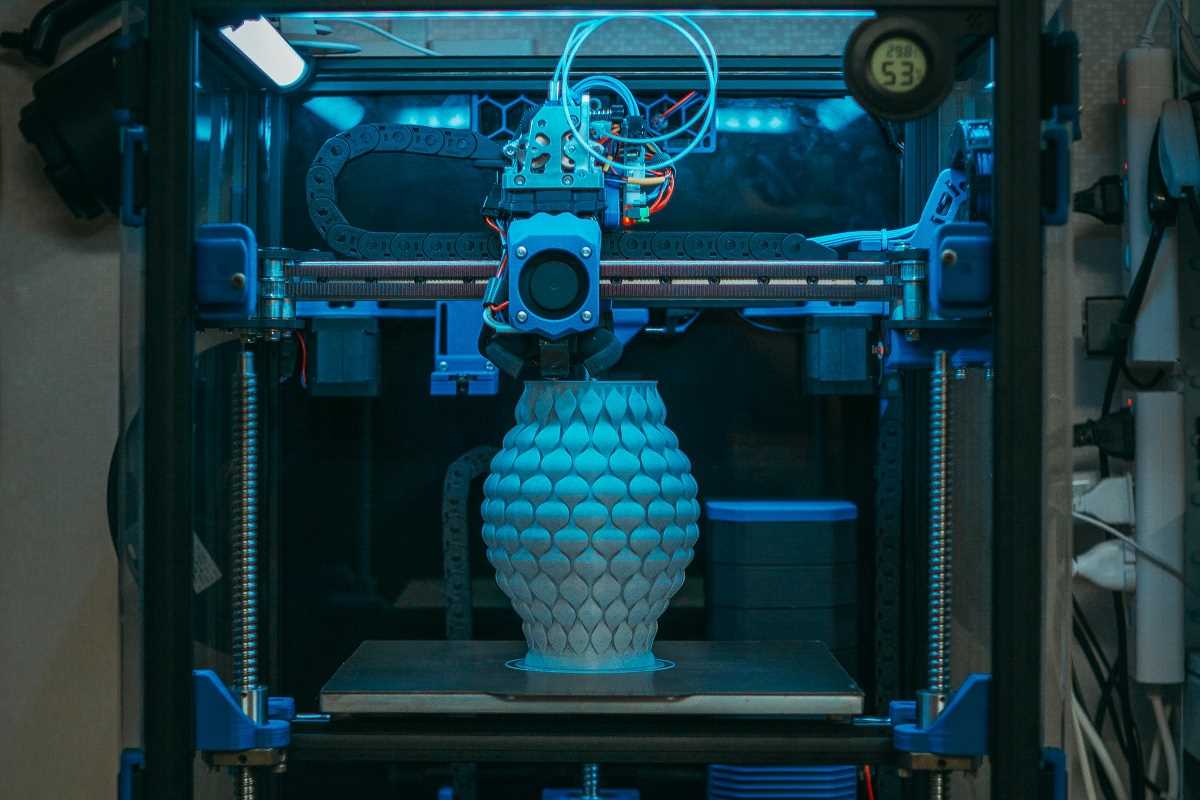 (Image via
(Image via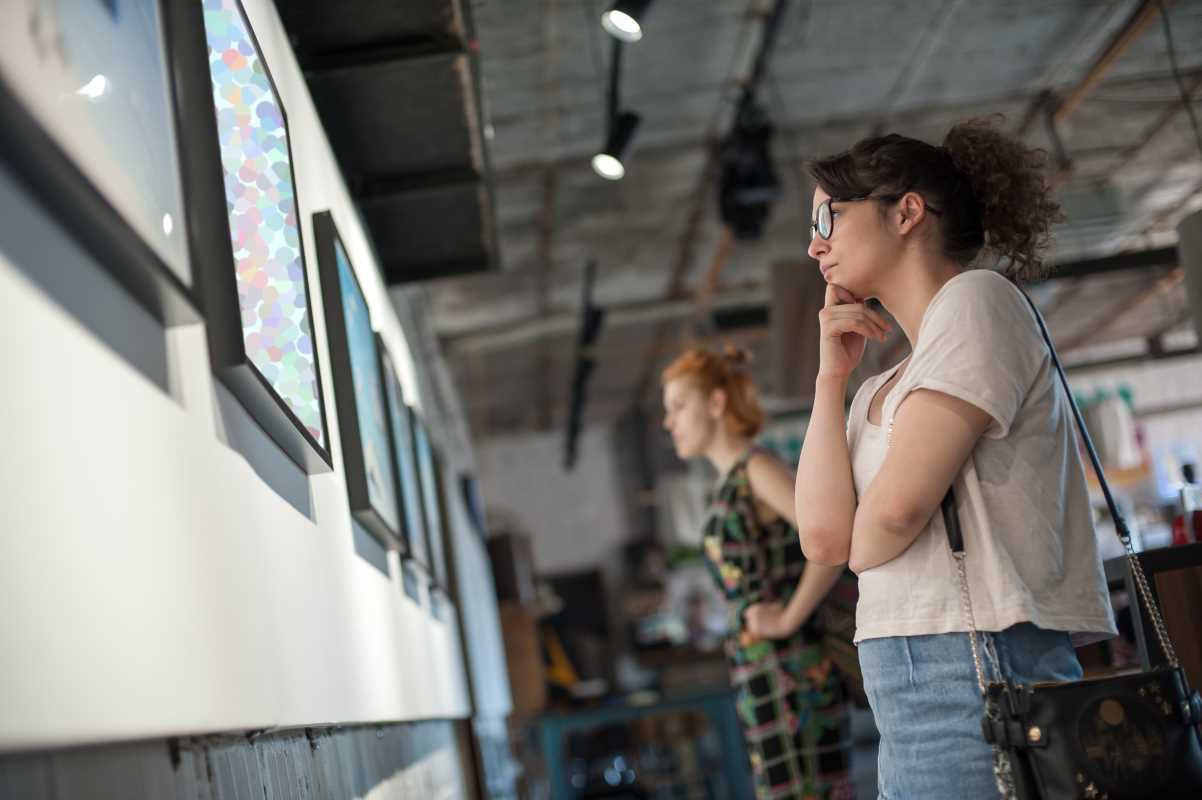
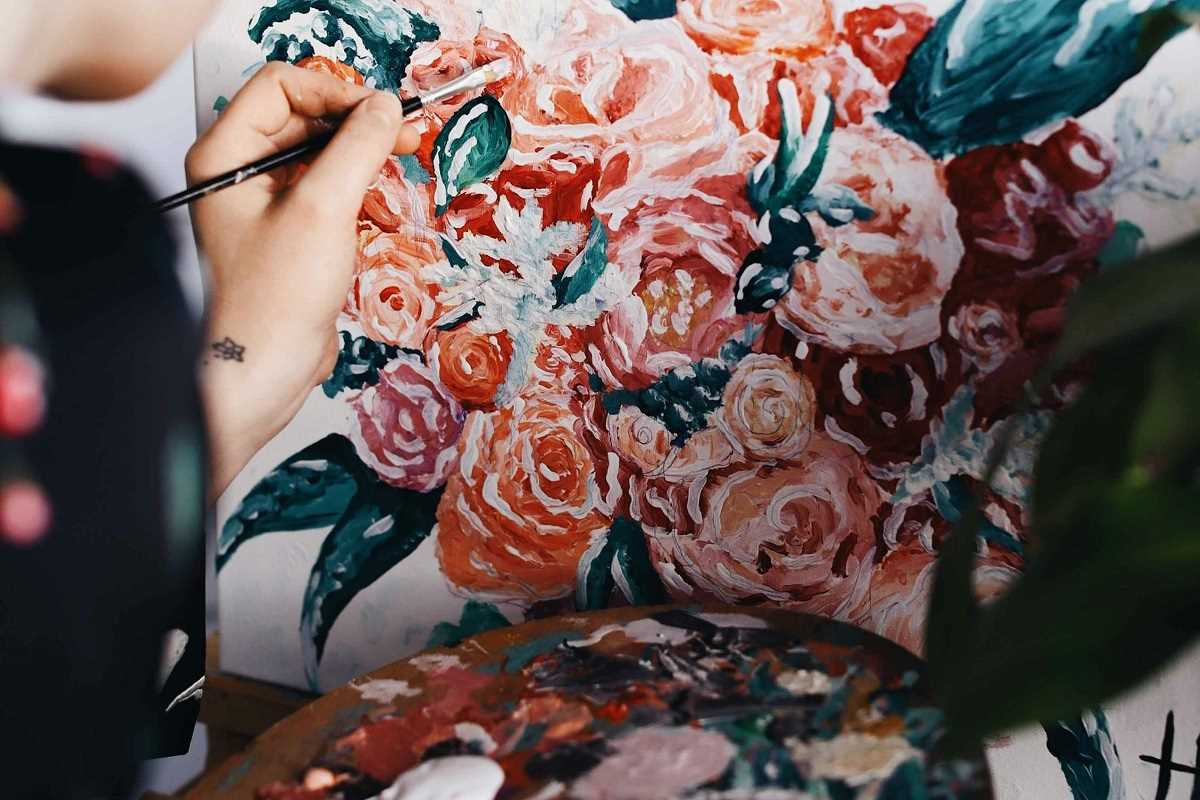
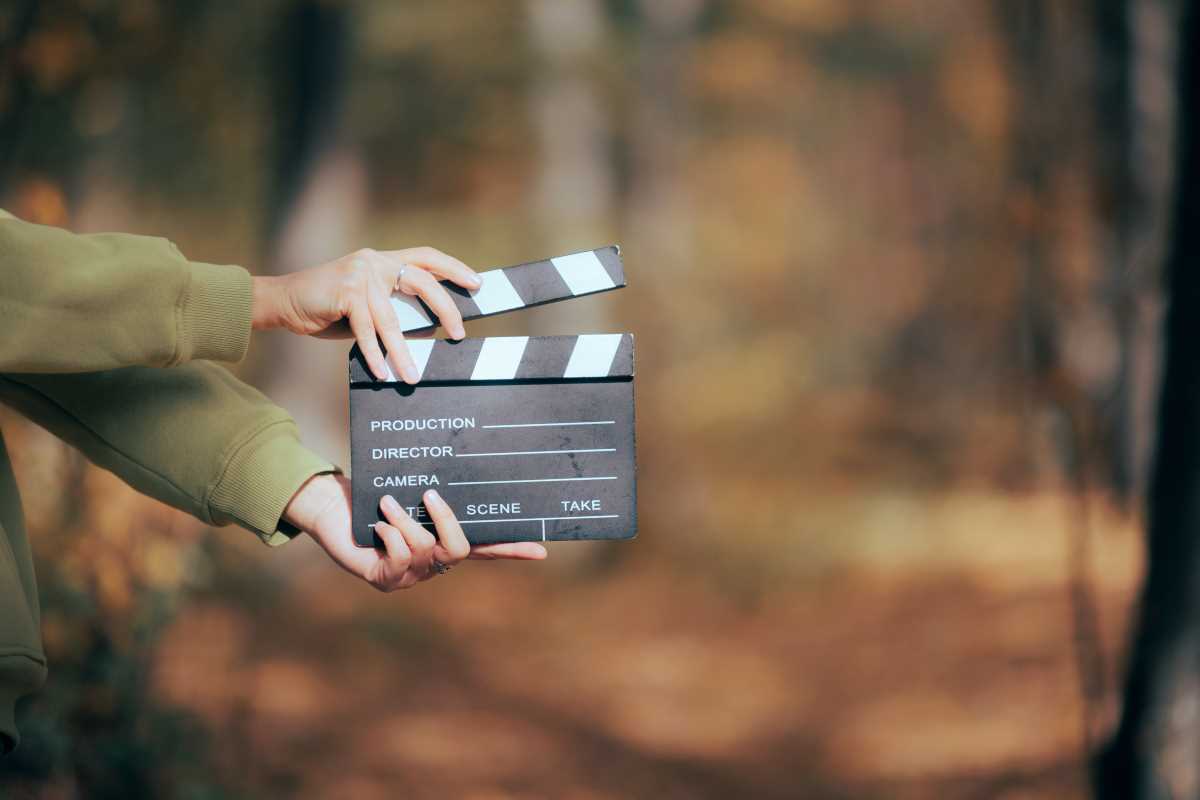
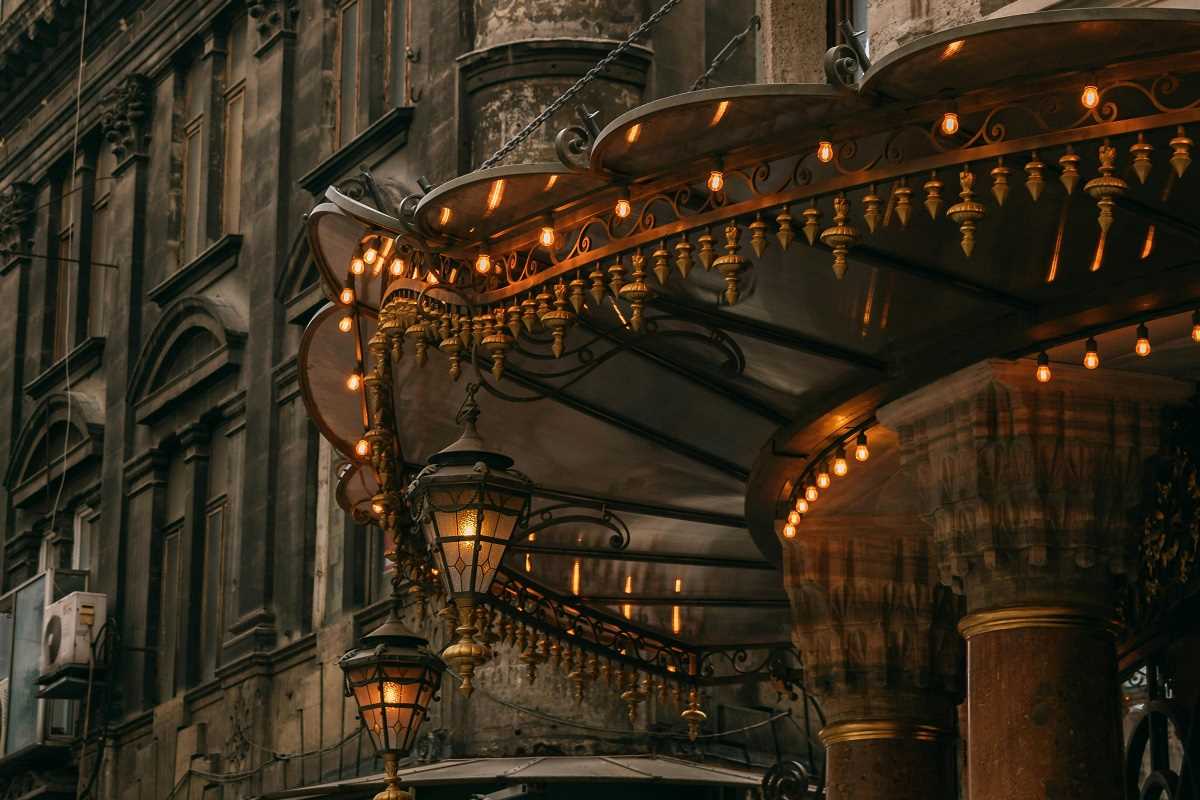
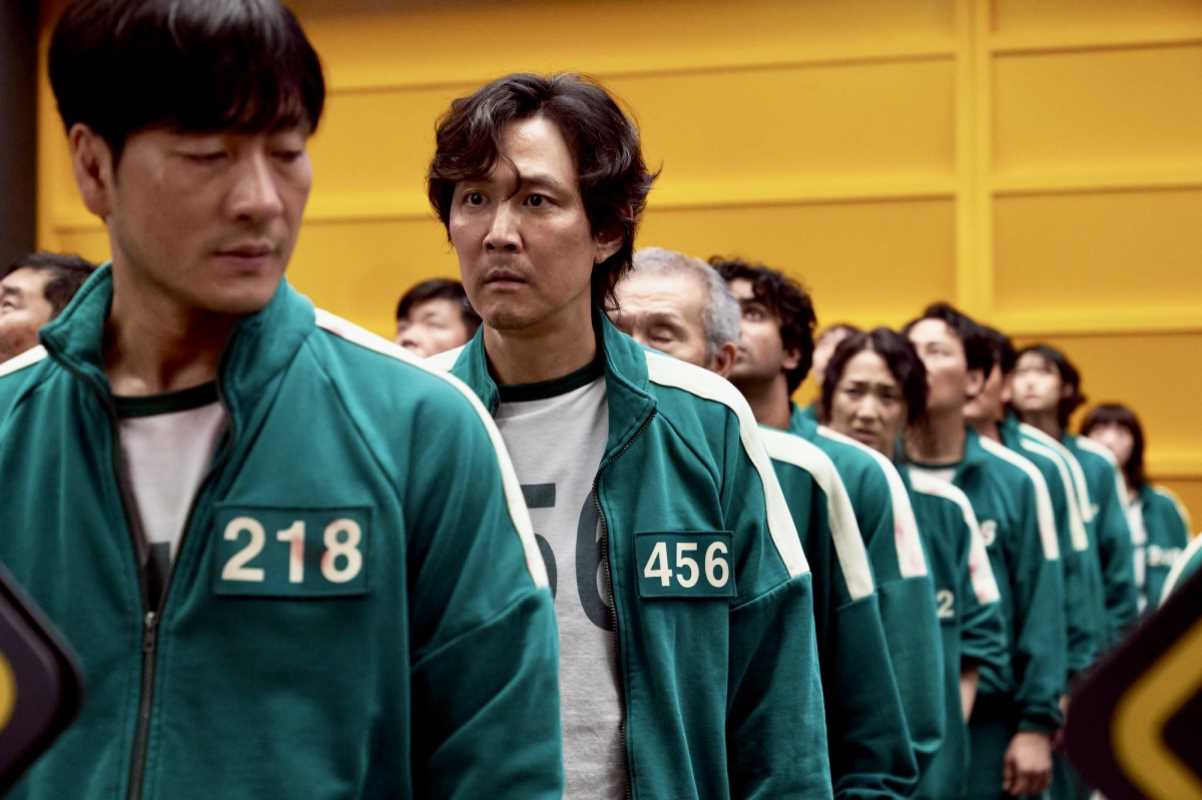

.jpg)